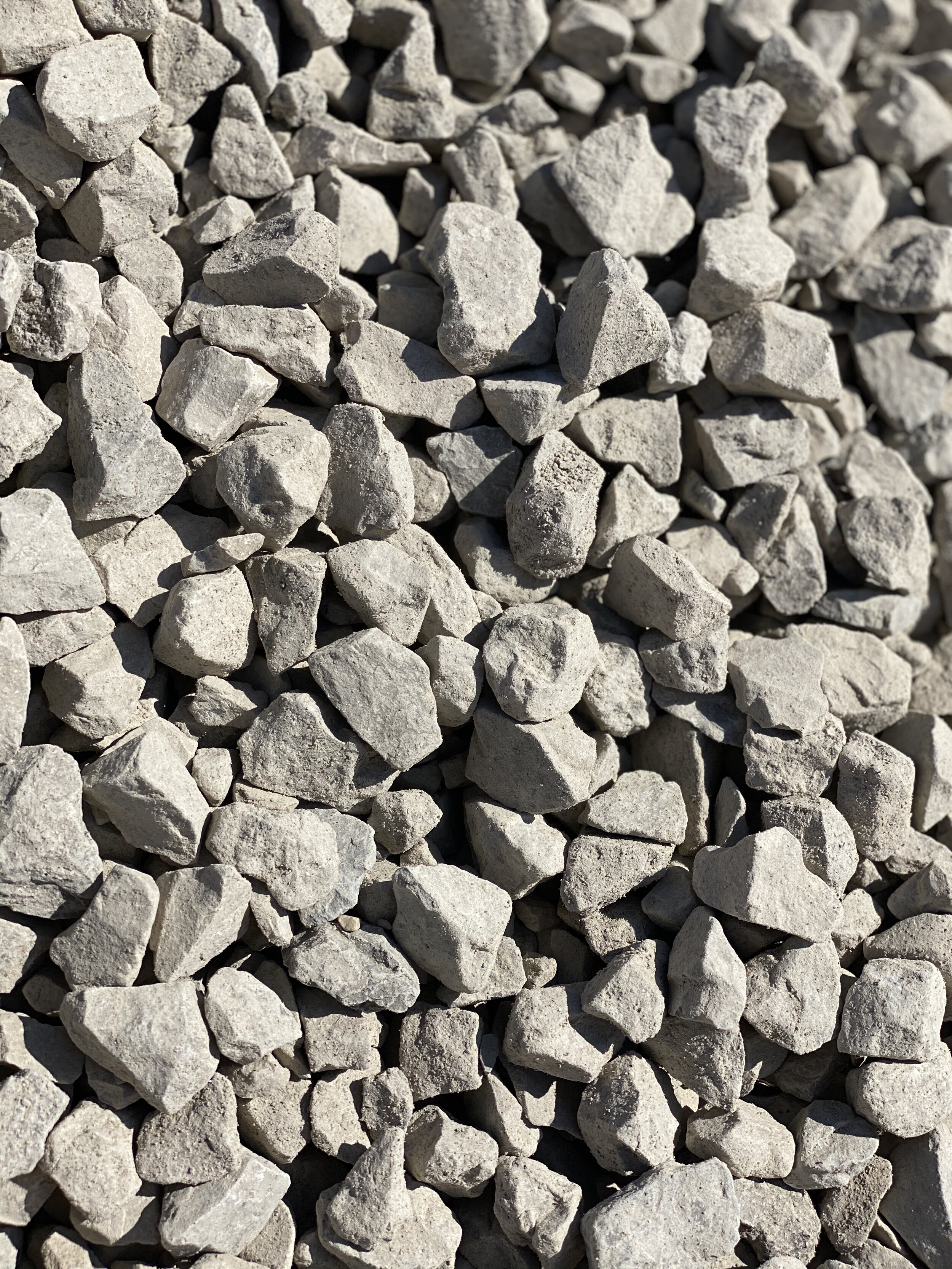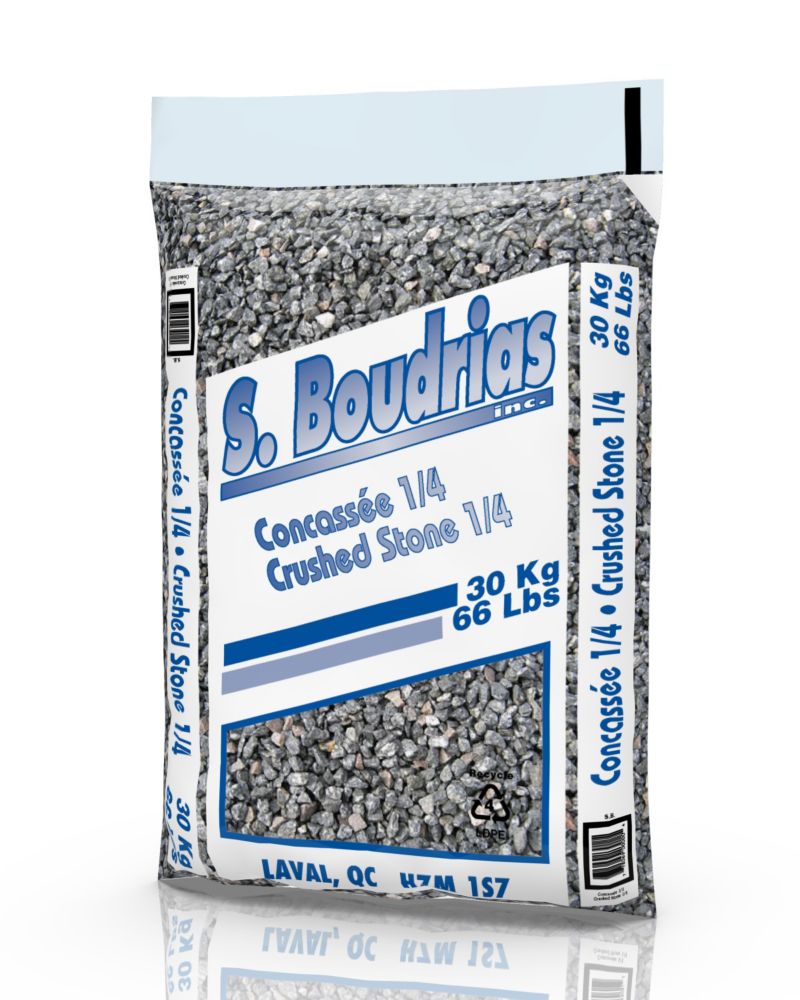

Proper mixing is essential for the production of strong, uniform concrete.


While there are many types of cement, Portland cement is the most commonly used cement, and is an ingredient in concrete, mortar, and plasters.Ĭoncrete can be purchased in multiple forms, including in 60 or 80-pound bags, or delivered in large amounts by specialized concrete mixer trucks. Cement is a substance that is used to bind materials, such as aggregate, by adhering to said materials, then hardening over time. Hole, Column, or Round Footings Diameter (d)Ĭircular Slab or Tube Outer Diameter (d 1)Ĭoncrete is a material comprised of a number of coarse aggregates (particulate materials such as sand, gravel, crushed stone, and slag) bonded with cement. Slabs, Square Footings, or Walls Length (l) Purchasing slightly more concrete than the estimated result can reduce the probability of having insufficient concrete. The Concrete Calculator estimates the volume and weight of concrete necessary to cover a given area. And you can always stockpile what you do not use.Home / other / concrete calculator Concrete Calculator Almost invariably you will end up using more mulch than you thought you would. It’s always good to have extra mulch on hand to replace any that’s washed away or decayed, or to cover a newly spaded area. That’s eight to nine wheelbarrows of mulch. A 100-square-foot garden will need 1 1/4 to 1 1/2 cubic yards of shredded bark, leaf mold, or gravel to make a mulch layer 4 inches deep. Try to figure out beforehand how much mulch you are going to need. Using too little mulch is like trying to paint with a dry brush. “Don’t try to stretch your mulch too far. The gravel mulch will help stabilize the soil temperature and hold water in the soil when things get really dry. You can even use pea gravel as a mulch in flower gardens – particularly perennial flower gardens with native plants in areas with hot summers.

It can be a mass mulch in a Xeriscape garden or can be used around single specimen trees or other ornamental purposes. Pea gravel also makes an awesome landscaping mulch. Screes are thick layers of crushed rock (or gravel) and sand that are constructed beneath the garden to drain water from the plant roots.” The Complete Chile Pepper Book: A Gardener’s Guide to Choosing, Growing, Preserving, and Cooking, by Dave DeWitt & Paul W. Some gardeners, those with soils high in clay or who live in locations with a high water table, actually go to the trouble of creating a scree for drainage. “Since one of the most common causes of disease in peppers is fungal infection of the roots caused by poor drainage, it makes sense to have optimum drainage in the garden. In areas where drainage is a problem, pea gravel reservoirs are sometimes constructed to encourage drainage away from plants so that the roots of the plants have adequate access to oxygen (plants can drown without oxygen at their roots!). Water drains through plain pea gravel quite quickly (as opposed to fine sediment like clay, which takes forever to drain). Pea gravel is also used in gardens for drainage. As above, pea gravel on garden paths and access areas does require a structural support base layer of compacted crushed rock. It’s generally used as a surface covering in areas where weeds are to be discouraged or where foot traffic is expected. Garden design includes pea gravel surfaces in many different styles of gardens. This raspberry garden has paths mulched with pea gravel to keep down weeds and discourage enthusiastic raspberry canes from growing outside their planter box.


 0 kommentar(er)
0 kommentar(er)
